Struggling with pests but wary of harsh chemicals? Diatomaceous earth (DE) is your eco-friendly solution for effective pest control, from fleas to cockroaches. As an experienced gardener and homeowner who has faced the challenge of keeping pests at bay without endangering my family or pets, I’ve turned to DE—a non-toxic, natural substance derived from fossilized algae.
This article demystifies DE, guiding you through safe application methods both indoors and outdoors.
Like many of you, I’ve sought a balance between effectiveness and safety in pest control, and I’m here to share that this is possible with diatomaceous earth.
What Is Diatomaceous Earth?
Diatomaceous earth (DE) is made up of finely ground fossils from diatoms—a type of microscopic hard-shelled organism found in oceans, waterways, and soil throughout the world. This unique makeup creates a fine powder with highly abrasive and absorbent properties.
You can buy diatomaceous earth in most hardware stores. It is available in multiple forms, including simple powders, wettable powders, and spray.
These products can kill bed bugs, fleas, crickets, cockroaches, ticks, spiders, as well as many other household pests. They can be used indoors as well as in the yard and garden. The powdered form is especially useful in protecting the outside of your foundation from bugs who might try to get inside the house.
Additionally, diatomaceous earth can be found in skin care products, toothpastes, foodstuffs, medicines, rubber products, paints, and water filters.
Note: Diatomaceous earth is non-toxic to humans and pets. When insects and other pests come into contact with it, the silica in the DE cuts into their exoskeletons and absorbs the oils and liquids inside, quickly dehydrating and killing them.
DIATOMACEOUS EARTH
- A natural product composed of ground Diatomaceous Earth (fresh water type) Amorphous Silica – food grade
- Produced in the USA
- A natural, organic insect killer, DE kills by physical action and not chemical
- Use on animals, plants, stored grain & around the house to control household & plant pests
Are there any side-effects to using diatomaceous earth?
Although the powder is non-toxic, it might be accidentally inhaled when laying it out for pests. This isn’t hazardous but could irritate the nasal passages.
If you inhale large amounts, it is likely to make you cough, and you may experience shortness of breath. It can irritate sensitive skin. The powder is abrasive and can irritate the eyes.
Luckily, there are no harmful effects on wildlife when laying DE for pests. It is recommended, however, to keep it away from chickens.
Safety When Using Diatomaceous Earth
While diatomaceous earth is considered as safe to use around the home, there are some precautions you should take:
- DE can be dehydrating, so it’s worth wearing gloves when handling – it can dry out the skin.
- Although DE is non-toxic, it’s best to avoid inhaling it. Wear a mask when sprinkling.
- Food-grade DE is recommended for home use.
What Does Diatomaceous Earth Kill?
DE will kill any small creature that has an exoskeleton. These include creepy crawlies in the insect, arachnid, and crustacean families.
More specifically, diatomaceous earth is effective against:
- Fleas and ticks
- Bed bugs
- Cockroaches
- Spiders
- Beetles
- Fungus gnat larvae
- Earwigs
- Silverfish
- Centipedes
- Pill bugs
- Ants
- Lice
- Crickets
- Mites
- Grubs
- Aphids
While highly effective against bugs and similar pests, food-grade DE is perfectly safe for pets, fish, aquatic invertebrates, wildlife, and humans. Filter grade DE is not recommended for use around people or pets and can be especially dangerous around chickens and other birds.
Are All DE the Same?
As we hinted at above, there are two main types of DE available. Both come in a variety of types, from powders to sprays.
Both food-grade DE and filter-grade DE (also known as non-food grade) consist of ground diatom fossils. The difference between them is the concentrations of different types of silica.
Silica exists in two main forms. Crystalline silica is glass-like in structure with many sharp, protruding edges. On the other hand, Amorphous silica is not fixed in a geometric pattern and thus does not have protruding points capable of piercing flexible cellular membranes.
- Food-grade DE is made up of mostly amorphous silica with only about 0.5% to 2% crystalline silica. This composition is still deadly to creatures with exoskeletons but safe for mammals, birds, and other animals. Though, as we mentioned above, it is still worth taking some safety precautions when handling this product.
- Filter-grade DE is largely used in industry to make various products and to filter water. This type of DE is made up of around 60% crystalline silica, making it toxic to humans and other mammals and deadly to birds.
When using DE for pest control indoors or outdoors, always opt for food-grade diatomaceous earth.
How to Apply Diatomaceous Earth
Food-grade DE is safe to use indoors and outdoors to target various pests. The application process is similar, no matter what type of insect you’re trying to eradicate.
How to Use Diatomaceous Earth Indoors
The process of using DE inside your home is pretty messy, but it’s highly effective and usually worth the hefty cleanup in the end.
The easiest form of DE to use inside your home is the powdered form. This type can be sprinkled on carpets, corners, baseboards, furniture, pet beds, and any other dry surface where bugs tend to be. Leave the DE on the surface for at least two days for the best results.
Cleanup can be accomplished with a wet rag for solid surfaces or a vacuum for porous surfaces. When using a vacuum, just be sure to frequently clean out your filter since the tiny particles in DE are known to clog filters.
DE can also be used to control pests living in the soil around houseplants or attacking the plants. Simply sprinkle the powder on the dirt around the plant and on the leaves if needed. Repeat after every watering once the soil has dried.
How Use Diatomaceous Earth Outdoors and In The Garden
DE is even easier to use outdoors because you don’t have to worry about cleaning it up later (except, of course, for what gets tracked back inside).
Using DE outdoors also allows you to use a wet application process. Since DE is subject to being blown away in windy conditions, this option is great for large applications and areas that aren’t well protected against the elements.
Dry Application
Just as with indoor applications, you can use powdered DE can outdoors to target areas where bugs frequent. This application method is also highly effective for targeting pests that are getting into your home from the outside.
To protect your home from external threats, simply sprinkle DE liberally around your foundation to achieve a thick covering around the footprint of your home.
If pests are getting into your home by traveling on your pets, you can use DE to give your furry friend a dust bath and kill any fleas, ticks, mites, or other bugs that may be hiding in their fur.
Note: You can also use DE in the garden to protect plants against pests. This powder won’t hurt plants and actually benefits the soil. For best results, you’ll want to sprinkle the powder over the plants and on the dirt around them.
You can also target pests in your yard directly by applying DE around tunnel entrances and other areas that you know bugs like to hide or travel through.
Since DE is easily washed away and blown around, you will have to reapply after each storm, windy day, and after your sprinklers have gone off.
Wet Application
Although DE works only when the powder is dry, it can be applied in a wet form; it will only take effect once the powder has dried out. Diatomaceous earth spray is particularly useful outside, especially when applying to areas where a fine layer of dust is likely to blow away.
Note: The wet application method makes the DE stick, so remains effective for longer.
Simply make up the spray (as below) and use a garden sprayer to apply the solution where needed.
How to Make Diatomaceous Earth Spray
- Mix ½ cup of DE (8 tablespoons) into every 2 cups of water
- The DE will settle to the bottom so you will need to constantly shake up the mix when using
Apply your wet spray to your home’s foundation, over your garden, and anywhere else you know pests tend to hide.
While this application method is less likely to blow away in windy conditions, it will still need to be reapplied after rainfall and waterings.
Other Uses for Diatomaceous Earth
DE is impressively effective when ridding your home and yard of creepy-crawly pests, but that’s not all this product is good for. Here are some other ways you can put DE to use in your home:
- As a supplement: Both people and pets can ingest food-grade DE. According to WebMD, DE may be able to reduce cholesterol and improve bone health. There is some evidence that DE may also help relieve constipation, improve skin health, and detoxify the digestive tract.
- To improve plant health: In addition to helping control pests in the garden, DE can also be used as a beneficial soil conditioner for plants. While this powder doesn’t provide much nutrition, it absorbs fertilizer and releases it later during high moisture periods when many nutrients are likely to be washed away.
- For chicken health: Chickens love taking dust baths. Adding DE to their coops or directly to their feathers will make these baths more effective against mites and other external parasites.
- For skin exfoliation: DE can be used to create homemade exfoliating scrubs for the body and face.
- For food preservation: Adding a small amount of DE to bulk dried foods like cereals, grains, and legumes can help keep weevils and other pests from destroying your stores.
- To deodorize: DE can be used much like baking soda to deodorize fridges, pantries, and other damp and stinky spaces. You can even sprinkle this powder on shoes, sports equipment, and other wearables to soak up odors.
- For cleaning: Since DE is abrasive, it makes a great cleaner for hard surfaces like countertops. It can also be used to remove fresh stains from fabric. Immediately after the spill occurs, sprinkle the area with plenty of DE powder and allow it to sit for up to 24 hours so it can soak up the liquid and prevent the stain from setting.
Whether you’re fighting cockroaches and fleas or improving your health and cleaning your skin, diatomaceous earth is a wonderful product to have on hand.
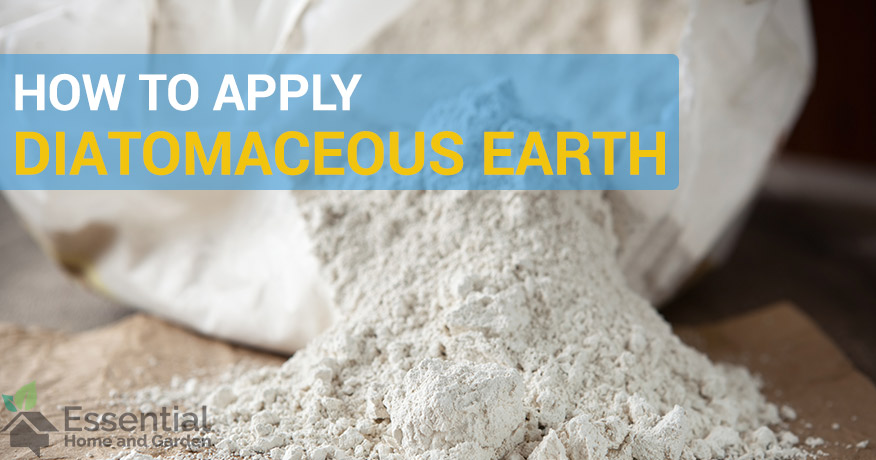

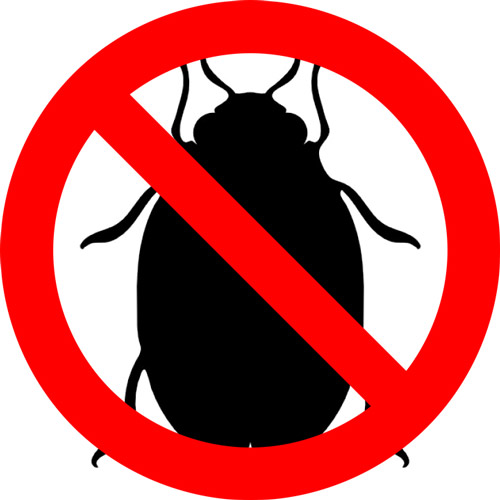
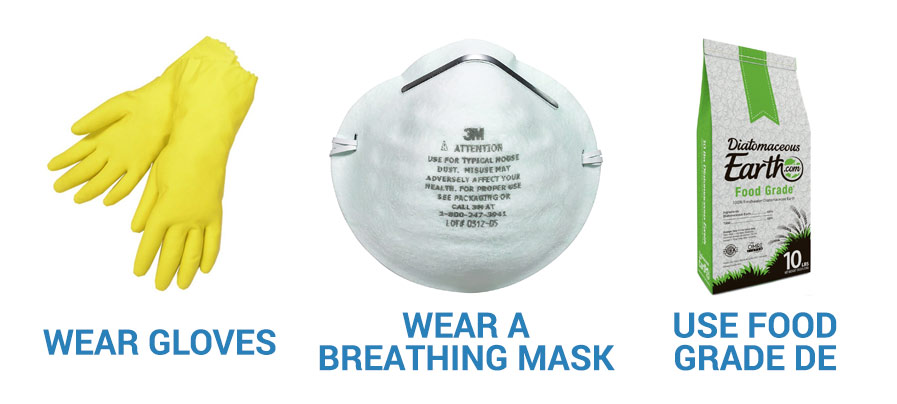
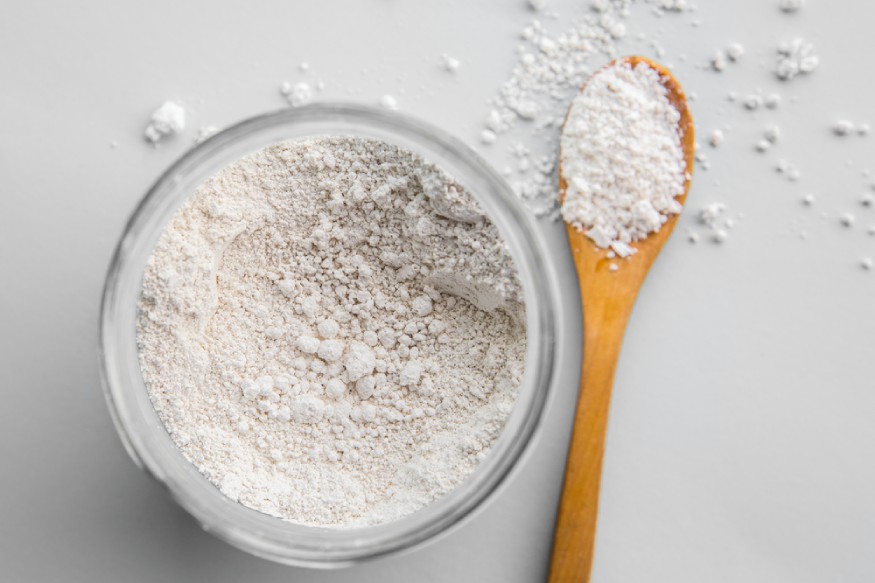
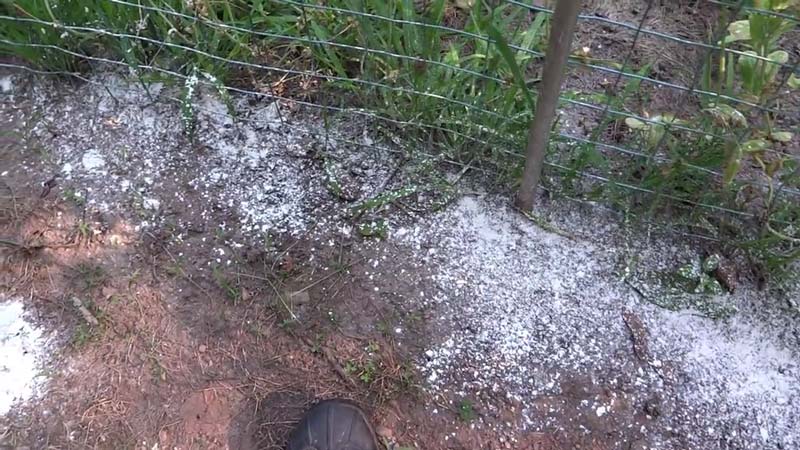
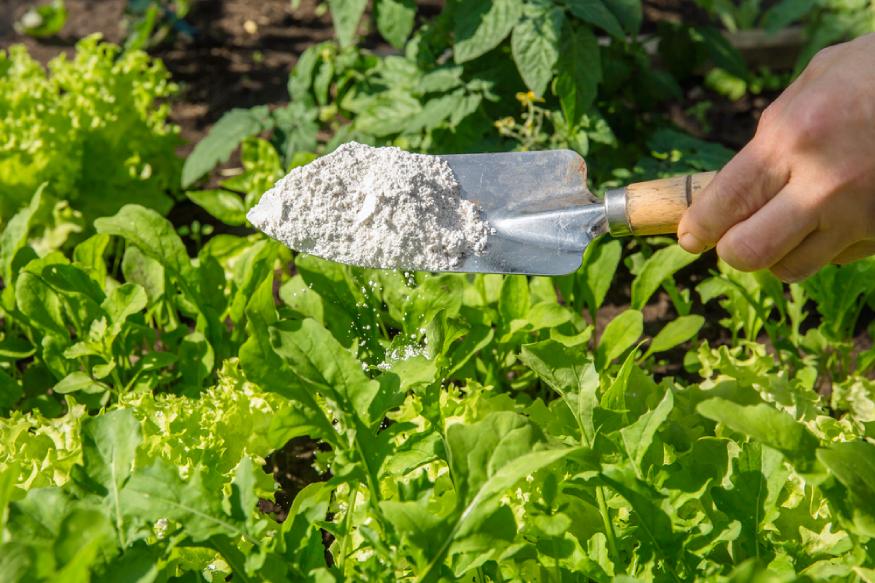
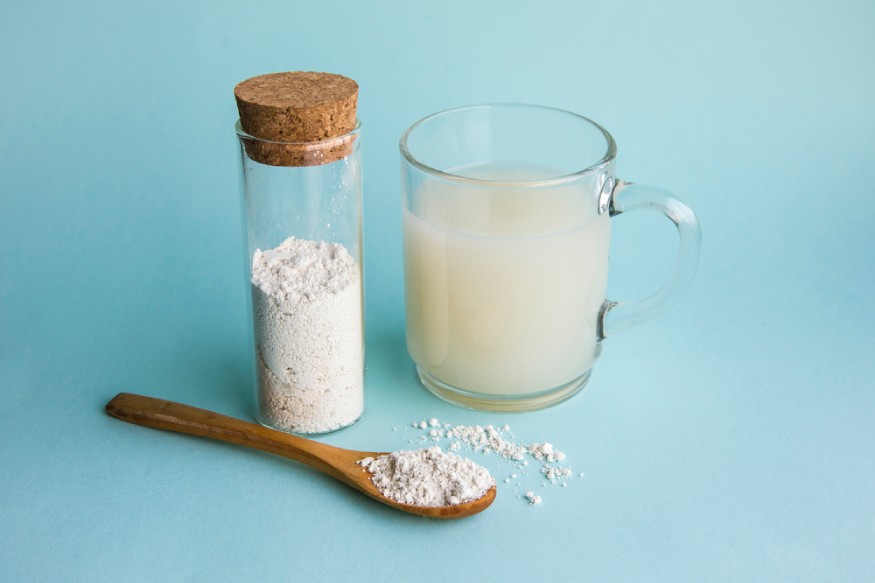
Hello, I have what is called a Giant House Spider. I have tried numerous things, and finally Diatomaceous earth. I continue to see the spider at night, several days after application. Will this kill the Giant House Spider? I used an exterminator, but they put small glue traps and it didn’t help. My next step is to call Orkin, which guarantees getting rid of said spiders, but I’m sure it will be very expensive. Please help!!
Hi I have an unidentified pest and assume it’s mites as can not be seen they seem immune to poisons and are mostly active at night and was wondering if this would also work for these microscopic pests